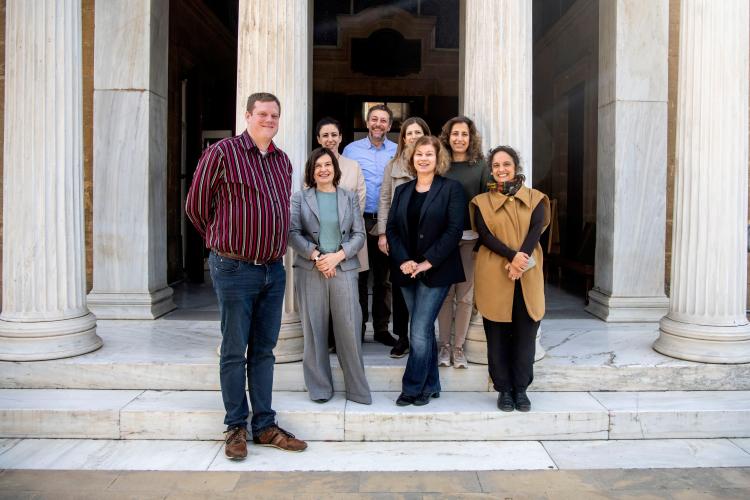
When you take a stroll through a museum, the best parts of its collection are not always on display.
“You’re only seeing a tiny selection from the thousands of artefacts that are actually there,” says Eftychia Zachariou, curator at the Department of Antiquities in Cyprus, who leads a team of archaeologists, conservators, museologists and technical staff. “The most interesting part of a collection is often what’s in storage.”
The methods for how a museum stores, handles, studies and manages its works underpin the preservation of the whole collection. Collection management is a complex job, but it is the unsung hero behind any exhibition. It involves the registration, study, preservation, display and storage of all artefacts. Making artefacts accessible and easy to retrieve is as important as any other work in a museum.



